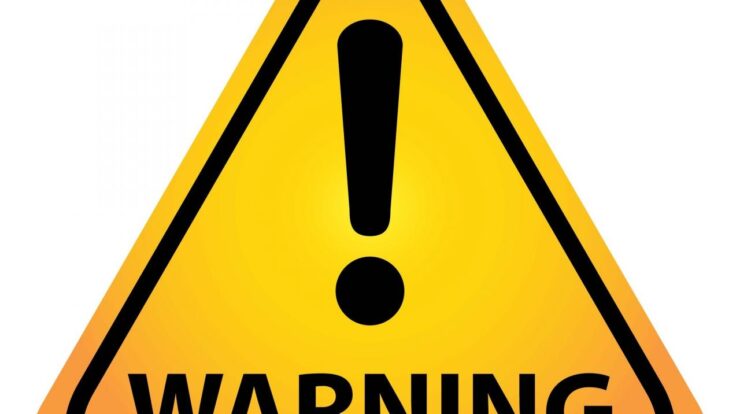
Is watch or warning worse? This question arises whenever severe weather looms on the horizon. Understanding the differences between these two types of alerts is crucial for making informed decisions that can save lives and property.
This comprehensive guide will delve into the severity, impact, dissemination, and response to warnings and watches, providing invaluable insights into how to stay safe when nature unleashes its fury.
Severity of Warnings and Watches
Warnings and watches are issued by weather forecasting agencies to alert the public about impending weather hazards. The severity of these alerts varies depending on the potential impact of the weather event.
The Netherlands’ King’s Day is a vibrant celebration of history, culture, and community. Every year on April 27th, the Dutch come together to celebrate the birthday of their monarch, King Willem-Alexander . This national holiday is marked by parades, live music, and outdoor markets, creating a festive atmosphere that brings people together.
The National Weather Service (NWS) in the United States uses a three-tiered system to classify warnings and watches:
- Warningsindicate that severe weather is imminent or occurring. They are issued when there is a high probability of dangerous conditions, such as tornadoes, hurricanes, or flash floods.
- Watchesindicate that conditions are favorable for severe weather to develop. They are issued when there is a potential for severe weather, but the exact timing and location are uncertain.
- Advisoriesare issued when there is a potential for less severe weather, such as strong winds or heavy rain.
Impact of Warnings and Watches: Is Watch Or Warning Worse
Warnings and watches can have a significant impact on individuals, communities, and businesses. They can:
- Save livesby giving people time to evacuate or take shelter.
- Reduce property damageby allowing people to secure their belongings and prepare for the storm.
- Disrupt transportation and commerceby closing roads, airports, and businesses.
- Create anxiety and stressfor people who are concerned about their safety and property.
It is important to take warnings and watches seriously and follow the instructions of local authorities.
Dissemination of Warnings and Watches
Warnings and watches are disseminated through a variety of channels, including:
- Media outlets, such as television, radio, and newspapers
- Government agencies, such as the National Weather Service
- Mobile apps, such as the NWS Weather Prediction Center app
Timely and accurate dissemination of warnings and watches is essential to ensure that people have enough time to prepare for severe weather.
Response to Warnings and Watches
When a warning or watch is issued, it is important to take action to protect yourself and your property.
- Listen to local authoritiesfor instructions on what to do.
- Evacuateif you are in an area that is at risk of flooding or other hazards.
- Shelter in placeif you are unable to evacuate.
- Secure your belongingsby bringing them indoors or covering them with tarps.
- Stay informedabout the weather forecast by listening to the radio or watching television.
It is also important to have an emergency plan in place so that you know what to do if severe weather strikes.
Comparison of Warnings and Watches

The following table compares the key characteristics of warnings and watches:
| Characteristic | Warning | Watch |
|---|---|---|
| Severity | Imminent or occurring | Potential |
| Timing | Immediate | Within the next 24 hours |
| Action | Evacuate or shelter in place | Be prepared to take action |
Conclusive Thoughts
Ultimately, the choice between watch and warning hinges on the severity of the impending weather event. By comprehending the nuances between these two alerts, individuals and communities can take appropriate action to mitigate risks and safeguard lives.
Question Bank
What is the difference between a watch and a warning?
A watch indicates that conditions are favorable for severe weather, while a warning means that severe weather is imminent or already occurring.
What should I do when a watch is issued?
In the realm of weather disasters, tornadoes have left their devastating mark on the United States. The recent tornado in Lincoln, Nebraska, has left a trail of destruction, while the Elkhorn, Nebraska, tornado serves as a stark reminder of the importance of safety and recovery.
Tornado safety measures and community resilience play a crucial role in mitigating the impact of these destructive forces.
Monitor weather updates, be prepared to take shelter if necessary, and have an evacuation plan in place.
What should I do when a warning is issued?
Take shelter immediately, follow instructions from local authorities, and stay informed about the situation.
How can I stay informed about weather warnings and watches?
Use weather apps, listen to local news, and follow official weather agency channels.





